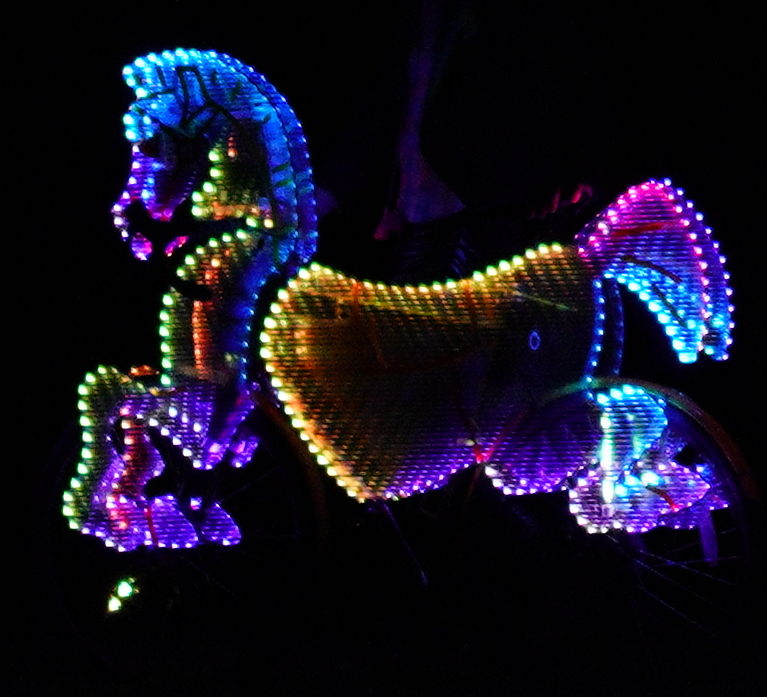Monthly Archives: December 2019
Less waste grounds
In some pro-car cities, waste grounds are usually occupied by cars. These empty lands appeared as a result of the house bubble crash or because of numbness politicians. The fact is that these areas can be better places for instance by transforming them into public gardens. This way the neighbors’ life quality increases, children can play without risk of being run over, senior citizens can drift around and everybody can play sports. Thus, everybody benefits.
When brave mayors decide to convert waste grounds into gardens, some car drivers normally claim against it due to the fact of losing free parking lots. The most idiot ones argue that as they lose them, they should pay less car taxes. What they do not see, or do not want to understand, is the problems cars cause because of driving or having them. A car is like a weapon. It has been used in the past by terrorist to cause victims, the poison expels by exhaust pipes kills every year hundreds of thousands of people around the globe, thousands more are killed in car crashes and millions probably die because of global warming. Indeed, driving polluting vehicles is the source of 20% of all US emissions (http://www.ucsusa.org/clean-vehicles/car-emissions-and-global-warming#.Wa7nNdRLdAg) or 17% of the UK’s total carbon dioxide emissions (https://www.theccc.org.uk/publication/impact-of-real-world-driving-emissions/).
So, the more green areas, the better quality of life for citizens.
Cycling in Malmö (Sweden)
Systematic Safety: The Principles Behind Vision Zero.
A different bike line
Riding a bike uses to be a happy activity. If you do it in a park or a forest, then it turns into a relaxed, quiet trip. The relation of bicycles with environment has been deeply studied regarding the avoidance of pollution and the replacement of motor vehicles. As you know, bike lines constitute the specific paths for bikes. It would be ideal if these points could be joint in a unique infrastructure.
It turn out that this building already exist. Genk is a city in Belgium which has made it possible. They were to build a bike line in a park, but faced a problem: How to cross a lake. Engineers thought over it with the intention of integrating it into nature. So, traditional bridges were discarded. Finally, they came up with the following:

Every cyclist I know want to ride it. It is awesome, marvelous, cool, you name it. And above all, it represents the complete integration of bikes with environment. The optic effect makes as if those bikers were riding on the water, although it presents a little trick:

When raining, the special pavement and the lateral guides evacuate the water.
Seattle’s Lusio horse-bikes
Look what showed up at Seattle’s Lusio Festival
